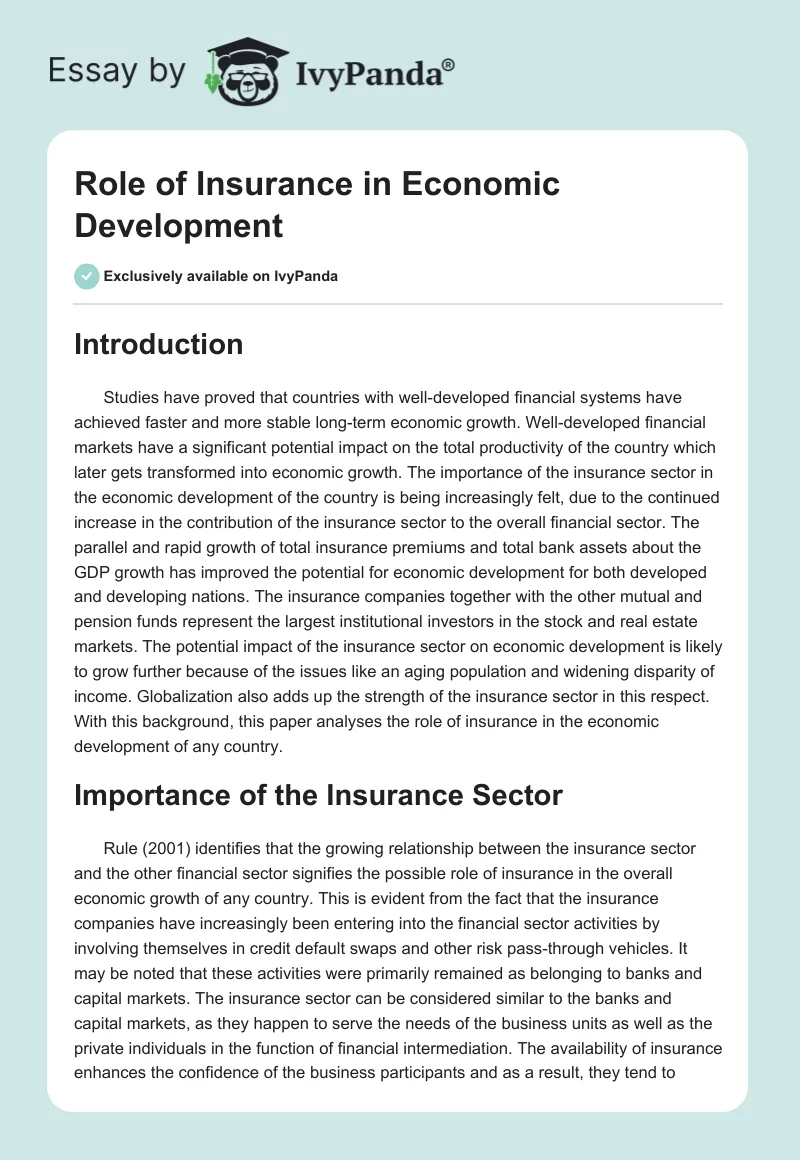All About Pacific Prime
The Facts About Pacific Prime Uncovered
Table of ContentsPacific Prime Things To Know Before You BuySome Known Details About Pacific Prime A Biased View of Pacific PrimeMore About Pacific PrimeGetting My Pacific Prime To Work

This is due to the fact that the data were gathered for a duration of strong economic efficiency. Of the estimated 42 million individuals that were uninsured, just about concerning 420,000 (regarding 1 percent) were under 65 years old, the age at which most Americans come to be eligible for Medicare; 32 million were adults in between ages 18 and 65, around 19 percent of all adults in this age team; and 10 million were children under 18 years of age, concerning 13.9 percent of all youngsters (Mills, 2000).
These estimates of the variety of individuals uninsured are produced from the yearly March Supplement to the Existing Population Survey (CPS), performed by the Census Bureau. Unless or else noted, nationwide estimates of individuals without health and wellness insurance and percentages of the populace with different sort of insurance coverage are based upon the CPS, the most commonly utilized source of quotes of insurance coverage and uninsurance rates.
Little Known Facts About Pacific Prime.

Still, the CPS is especially useful since it creates yearly quotes relatively rapidly, reporting the previous year's insurance protection estimates each September, and because it is the basis for a consistent collection of estimates for even more than two decades, permitting analysis of fads in insurance coverage in time. For these reasons, along with the substantial use the CPS in other researches of insurance protection that are offered in this record, we rely upon CPS estimates, with limitations kept in mind.

The quote of the variety of uninsured individuals expands when a populace's insurance coverage status is tracked for a number of years. Over a three-year period beginning early in 1993, 72 million individuals, 29 percent of the united state population, lacked insurance coverage for at the very least one month. Within a solitary year (1994 ), 53 million people experienced at the very least a month without insurance coverage (Bennefield, 1998a)
Six out of every 10 without insurance adults are themselves used. Working does improve the likelihood that one and one's household members will have insurance policy, it is not a warranty. Also participants of households with two full-time wage earners have practically a one-in-ten possibility of being without insurance (9.1 percent without insurance price) (Hoffman and Pohl, 2000).
Pacific Prime - Questions
New immigrants account for a significant percentage of people without medical insurance. One analysis has associated a substantial portion of the recent growth in the dimension of the united state without insurance populace to immigrants that arrived in the country between 1994 and 1998 (Camarota and Edwards, 2000). Recent immigrants (those who pertained to the USA within the previous 4 years) do have a high price of being uninsured (46 percent), but they and their children represent simply 6 percent of those without insurance country wide (Holahan et al., 2001).
The partnership in between health insurance coverage and access to care is well developed, as recorded later on in this phase. Although the partnership in between wellness insurance policy and wellness end results is neither straight neither straightforward, a comprehensive scientific and health and wellness solutions research study literature web links medical insurance coverage to improved accessibility to care, far better high quality, and enhanced personal and populace health and wellness condition.
Degrees of evaluation for taking a look at the impacts of uninsurance. This conversation of health and wellness insurance protection focuses largely on the U.S. populace under age 65 since practically all Americans 65 and older have Medicare or various other public insurance coverage. Additionally, it concentrates particularly on those without any wellness insurance coverage for any kind of size of time.
Pacific Prime for Dummies
The troubles dealt with by the underinsured are in some respects comparable to those encountered by the uninsured, although they are typically less extreme. Health and wellness insurance coverage, however, is neither essential neither sufficient to obtain access to clinical solutions. The independent and direct effect of wellness insurance protection on access to wellness services is well developed.
Others will get the health and wellness care they require even without medical insurance, by spending for it out of pocket or seeking it from companies that use care complimentary their website or at extremely subsidized prices. For still others, medical insurance alone does not make certain receipt of treatment due to various other nonfinancial obstacles, such as a lack of healthcare service providers in their community, minimal access to transport, illiteracy, or linguistic and social differences.
Everything about Pacific Prime
Formal research study concerning without insurance populations in the United States dates to the late 1920s and very early 1930s when the Committee on the Expense of Healthcare created a series of records about funding medical professional office check outs and hospital stays. This concern came to be significant as the varieties of clinically indigent climbed up throughout the Great Clinical depression.